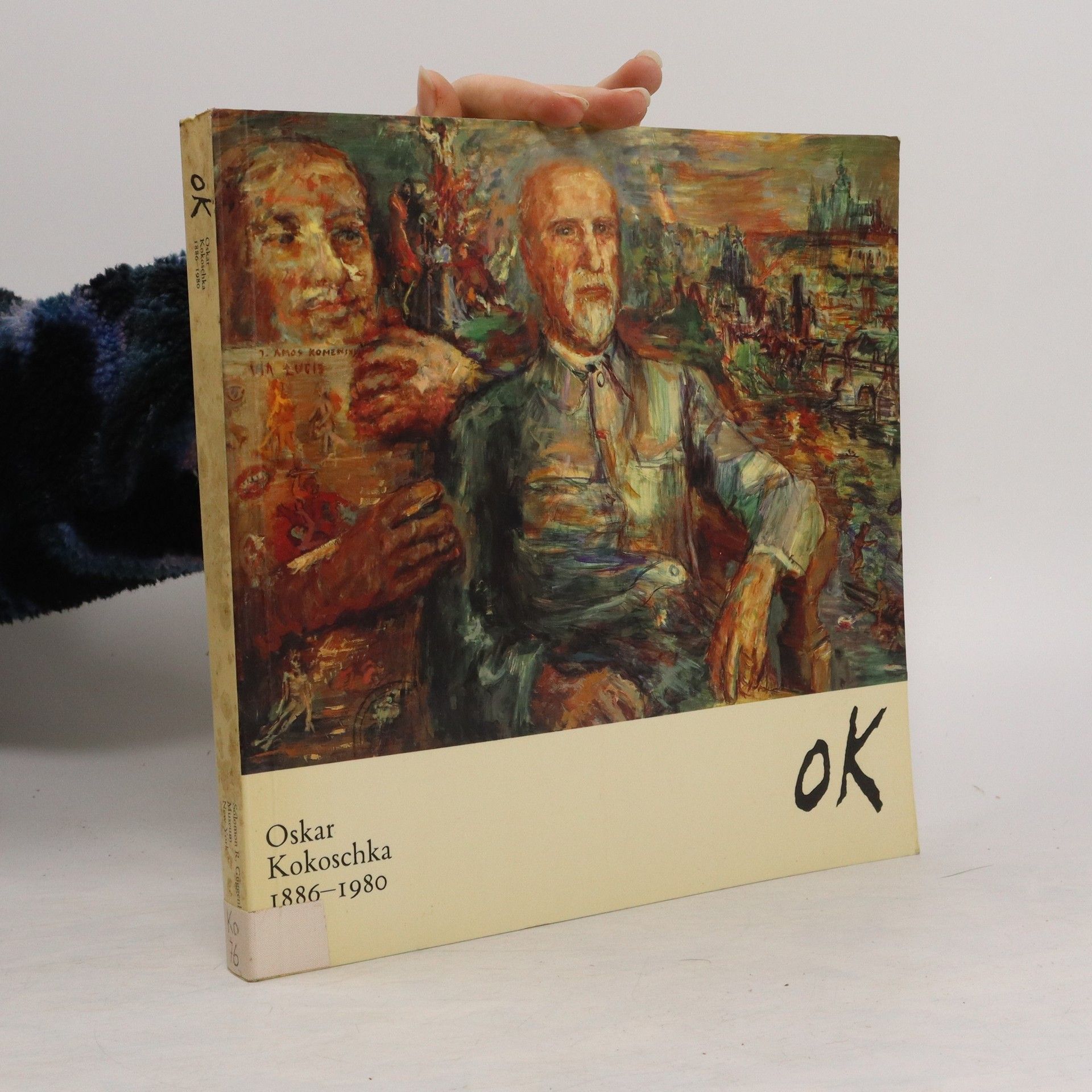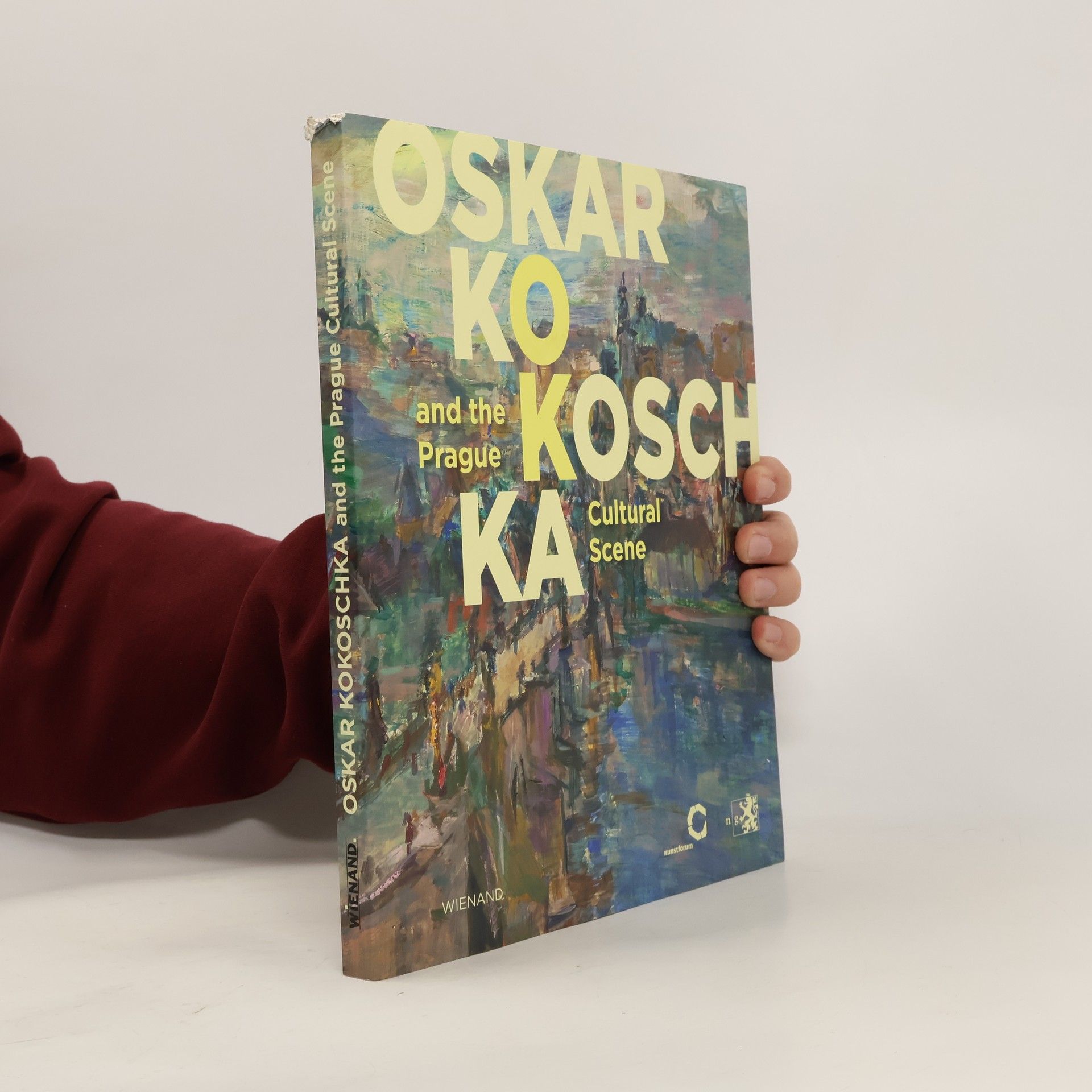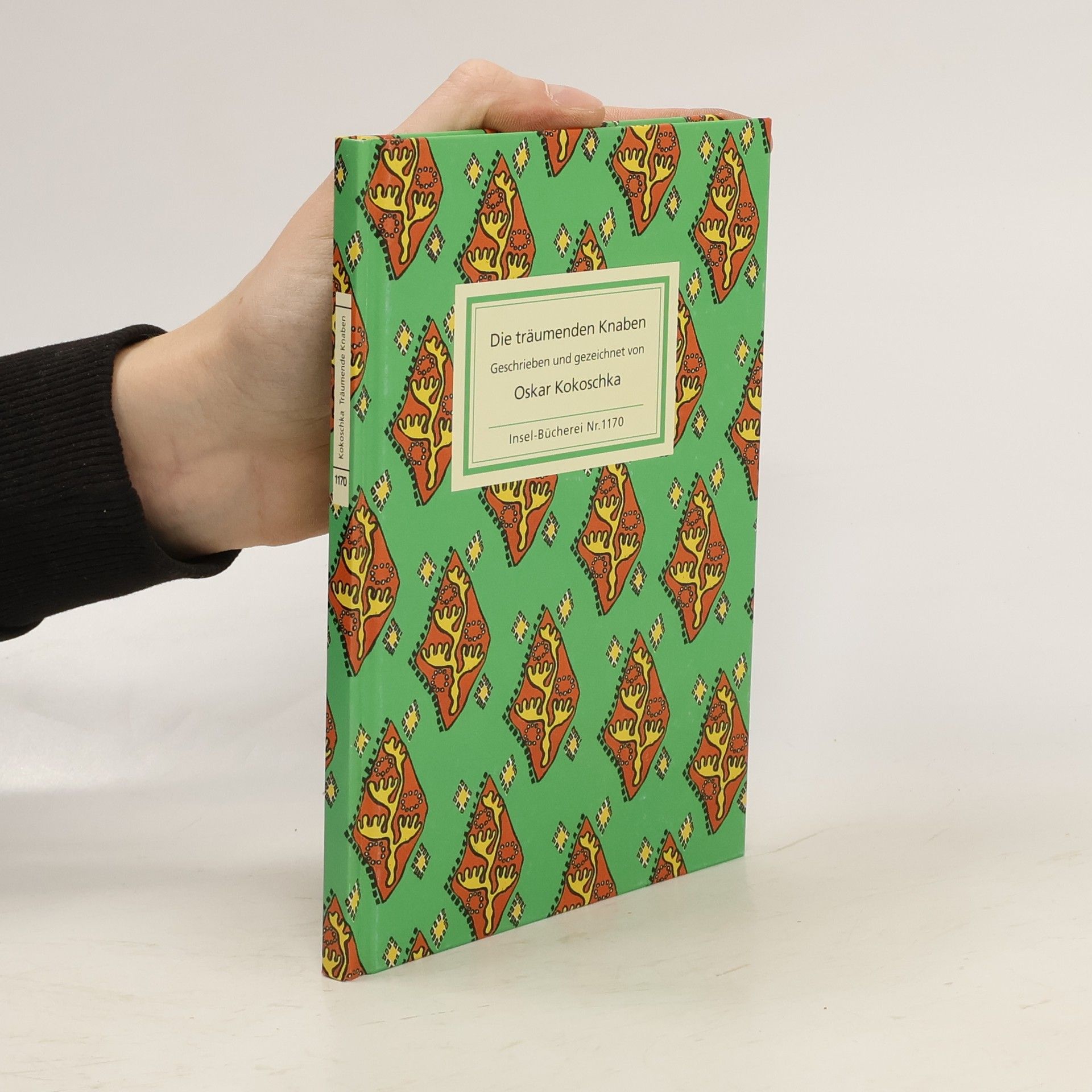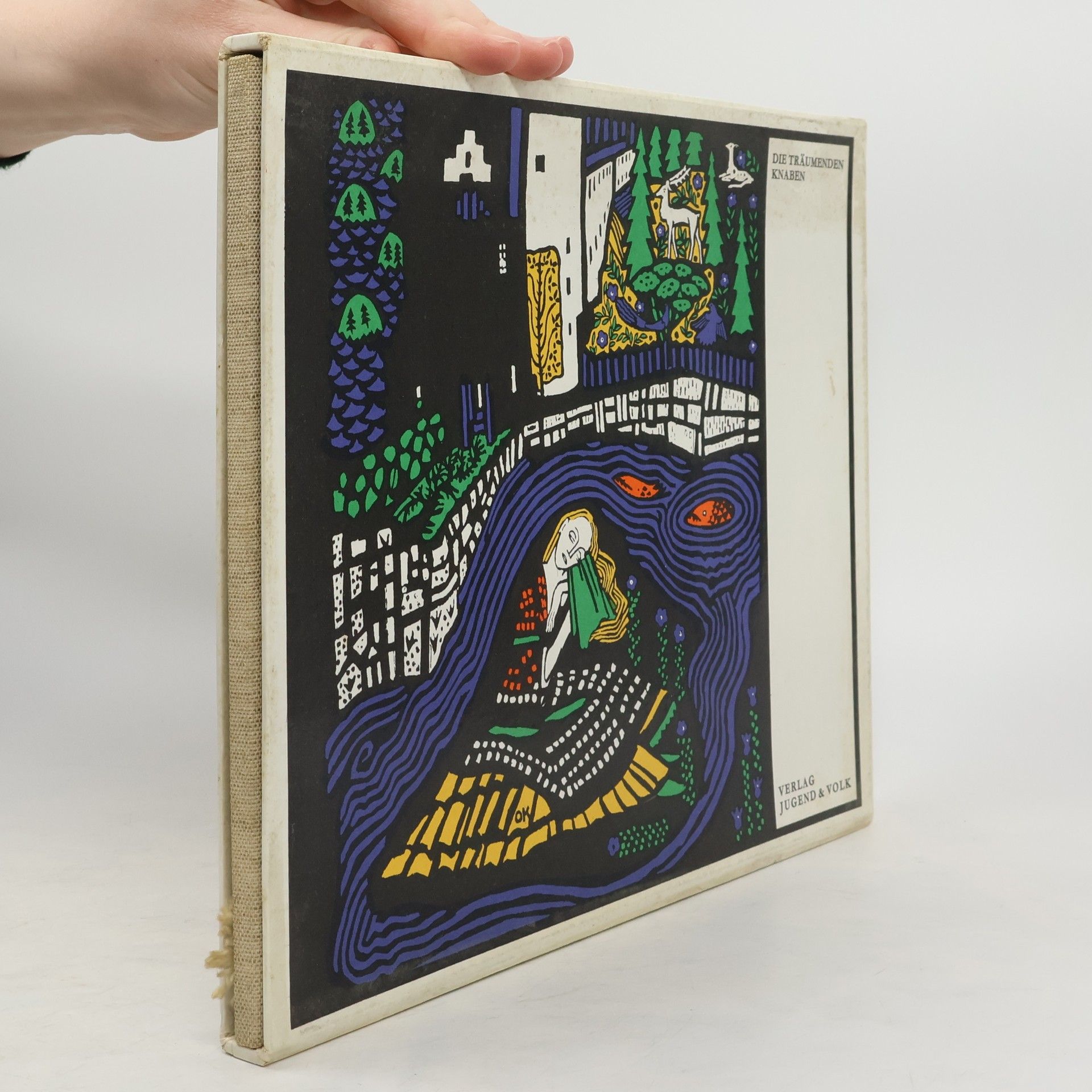In seinen großartigen erotischen Zeichnungen zeigt Oskar Kokoschka die Modelle in Momenten der Selbstvergessenheit. Nicht nur von diesen wunderbaren Werken geht der unwiderstehliche Charme des Skizzenbuchs aus, sondern auch von der Authentizität des Bandes, der einem das Gefühl vermittelt, ein Original des Künstlers in den Händen zu halten. Man gehört sozusagen zum intimen Freundeskreis des Meisters und darf einen Blick über seine Schulter werfen. Dieses Buch ist ein Muss für alle Grafik- und Erotiksammler!
Oskar Kokoschka Books
Oskar Kokoschka was an Austrian artist, poet, and playwright renowned for his intensely expressionistic portraits and landscapes. His work delves into the depths of human psychology, capturing the raw emotion and essence of his subjects. Kokoschka's unique artistic vision offers a powerful and often unsettling glimpse into the human condition.







Kokoschka
- 64 pages
- 3 hours of reading
A major figure in the Expressionist movement, Oskar Kokoschka (1886-1980) studied in Vienna and was initially influenced by Art Nouveau, particularly Gustav Klimt's elegant style. Around 1909, he painted his first Expressionist portraits that reveal the emotional life of their subjects. The restless draftsmanship and broken color patterns in these works foreshadow his mature style, exemplified in paintings like Bride of the Wind from 1914. After being seriously wounded in World War I, Kokoschka produced little until 1924, when travels through Europe and North Africa revitalized his creativity. During this time, he experimented with color, particularly in landscapes that combined traditional spatial organization with vibrant colors and energetic brushwork. These visionary landscapes convey a passionate vision, oscillating between exhilaration and anguish. In the 1930s, the Nazi regime condemned his work as "degenerate," leading to the confiscation of his paintings from public collections. In 1938, he relocated to London, and later to Switzerland, where he spent much of his life. Kokoschka's late works maintain the Expressionist qualities of his earlier masterpieces, and while he never fully abandoned representation, their increasing abstraction hints at a connection to Abstract Expressionism.
Book by Richard Calvocoressi, Katharina Schulz
Die träumenden Knaben. Der weiße Tiertöter
- 52 pages
- 2 hours of reading
Oskar Kokoschka (1886-1980) ist als Maler wie als Schriftsteller in erster Linie als Expressionist bekannt und als solcher berühmt geworden. Sein Erstlingswerk, Die träumenden Knaben (1907 in nur wenigen Exemplaren erschienen), ist unter den von ihm selbst illustrierten Texten insofern eine Rarität, als es textlich schon dem Expressionismus, malerisch aber noch dem Jugendstil der Wiener Werkstätten nahesteht. Die Gustav Klimt gewidmete Ausgabe ist mit farbintensiven, an Hinterglasmalereien erinnernden Lithographien ausgestattet – märchenhaften Szenen in leuchtenden Farben, ein Stil, der danach im Werk Kokschkas nicht wieder zu finden ist. Das Thema der erwachenden Sexualität aber, die Sehnsucht nach Zärtlichkeit und die Angst vor besitzergreifender Brutalität, ist sein Thema geblieben.
Die legendäre Erzählung von Albert Ehrenstein mit den kongenialen Illustrationen von Oskar Kokoschka. Die Erzählung »Tubutsch« von Albert Ehrenstein ist 1911 in Wien bei Jahoda und Siegel erstmals erschienen und gilt als das Meisterwerk des vor allem als Lyriker bekannten Autors. Ehrenstein verfasste sie bereits 1908 innerhalb weniger Wochen. Der Text erregte Aufsehen in Wien wie in Berlin: Alfred Döblin und Ernst Blass schrieben Rezensionen, selbst Karl Kraus, in dessen »Fackel« 1910 das Gedicht »Wanderers Lied« von Ehrenstein erschienen war, äußerte sich positiv. In der Hauptfigur Karl Tubutsch stellt sich Ehrenstein selber dar. Tubutsch sucht beim Flanieren durch die Gassen Wiens nach dem eigenen Ich, findet aber nur groteske Bilder, die seine düsteren Phantasien und seine Todessehnsucht beflügeln. Die Ausgabe enthält die Illustrationen, die Oskar Kokoschka für die Erstausgabe geschaffen hat.



